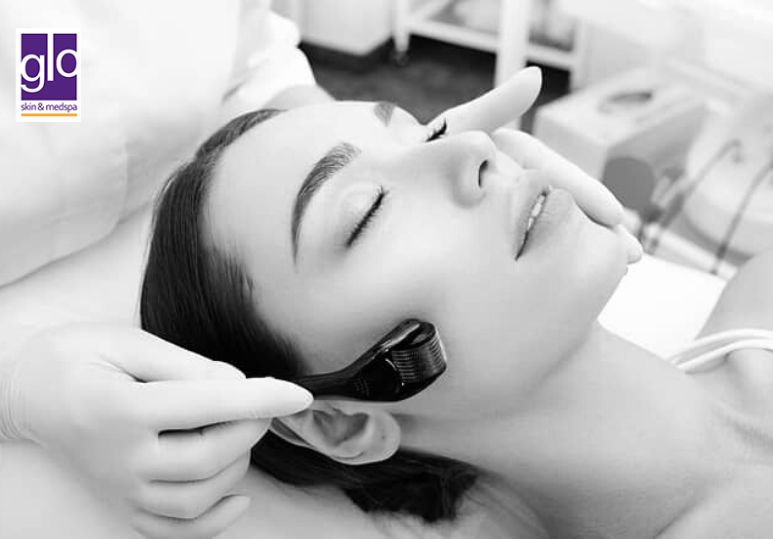How Microneedling Reduces Melasma
What Causes Melasma?
Melasma is caused by hormones within the body as well as UV damage and heat. Because this condition is influenced by internal and external factors, treatment can be used to address the skin, but it may not offer permanent results. Melasma tends to flare up in women who are pregnant and women who are past middle age, and it often develops in people who are regularly exposed to UV rays.
How Does Microneedling Treat Melasma?
Because melasma is triggered by UV rays and heat, using a heated tool for the reduction of melasma can actually make the condition worse. Instead, heat-free forms of skin care are suggested for the treatment of melasma. While chemical peels have also been used to help treat this form of hyperpigmentation, microneedling is a popular melasma treatment. Microneedling is performed by a skin care professional, and it uses very small, sterile needles to prick the skin. This creates micro-injuries in the treatment area. These micro-injuries signal to your body that it needs to repair the damaged area. In order to repair the area, the body will increase skin cell regeneration, which helps to decrease the discolouration of the melasma. At the same time, collagen production will increase, which helps to create plump skin, creating an even texture.
Another reason microneedling is used to address melasma is due to the tiny holes it creates. By evenly penetrating the skin at a uniform depth, lightening creams can be used after treatment to absorb deeper into the skin and be more effective, while providing even skin colouration results.
Is Microneedling Right For Me?
Unlike some other treatments for hyperpigmentation, microneedling is safe for all skin colours and won’t cause blotchiness or uneven skin colourations. But microneedling isn’t necessarily right for everyone. If you have very sensitive skin, active skin inflammation or a rash, acne, or oral herpes (such as a cold sore) near the treatment area, you should not receive microneedling. You will need to wait until your skin conditions have cleared and the microneedling tool won’t spread germs or viruses.
Want to learn more about microneedling? Read How Does Microneedling Work?
Reduce Melasma With Microneedling In Edmonton
If you want to reduce the appearance of melasma, the skin care experts at Glo Skin And Medspa can help. Our team of skin care specialists will examine your skin and determine if you are a good candidate for microneedling. Once approved, the Glo Skin And Medspa team will create a personalized microneedling treatment plan that works with your skin. To receive high-quality microneedling to address your melasma, contact Glo Skin And Medspa at 1-780-481-9772 or fill out the online contact form to schedule an appointment.
FAQ
Q: Can I do microneedling at home?
A: While there are at-home rollers available, these are not as effective and come with added risks. At-home products are not likely to be sterilized properly and can cause infection. At-home rollers also have smaller needles to help keep users safe, but this means they will not go as deep and will therefore not offer the same results as professional microneedling.
Q: How long will it take for microneedling to lighten my melasma?
A: It is typically recommended to have 3 microneedling treatments 4 weeks apart, although this may vary depending on your skin type, your desired treatment outcomes, and the area of treatment. Book a complimentary consultation with a Glo Skin skin care specialist to discuss your personalized treatment.
Q: Can I prevent my melasma from getting worse?
A: To prevent the progression or the re-emergence of your melasma after treatment, make sure you use a high-quality sunscreen on your exposed skin whenever you go outside. You may also need to speak with your dermatologist as well as your doctor or gynaecologist, as some women find their melasma is exacerbated because of their birth control pill.



